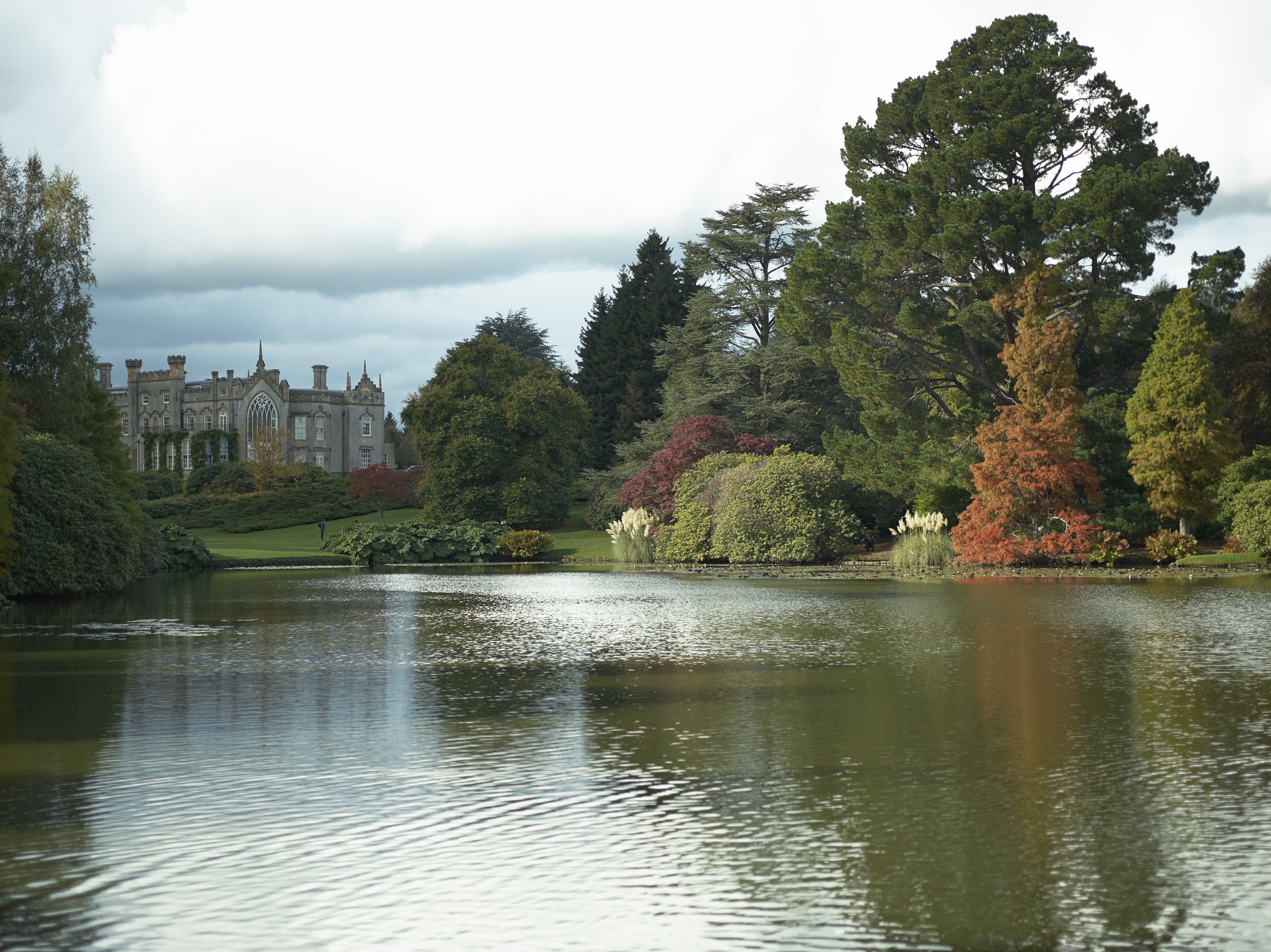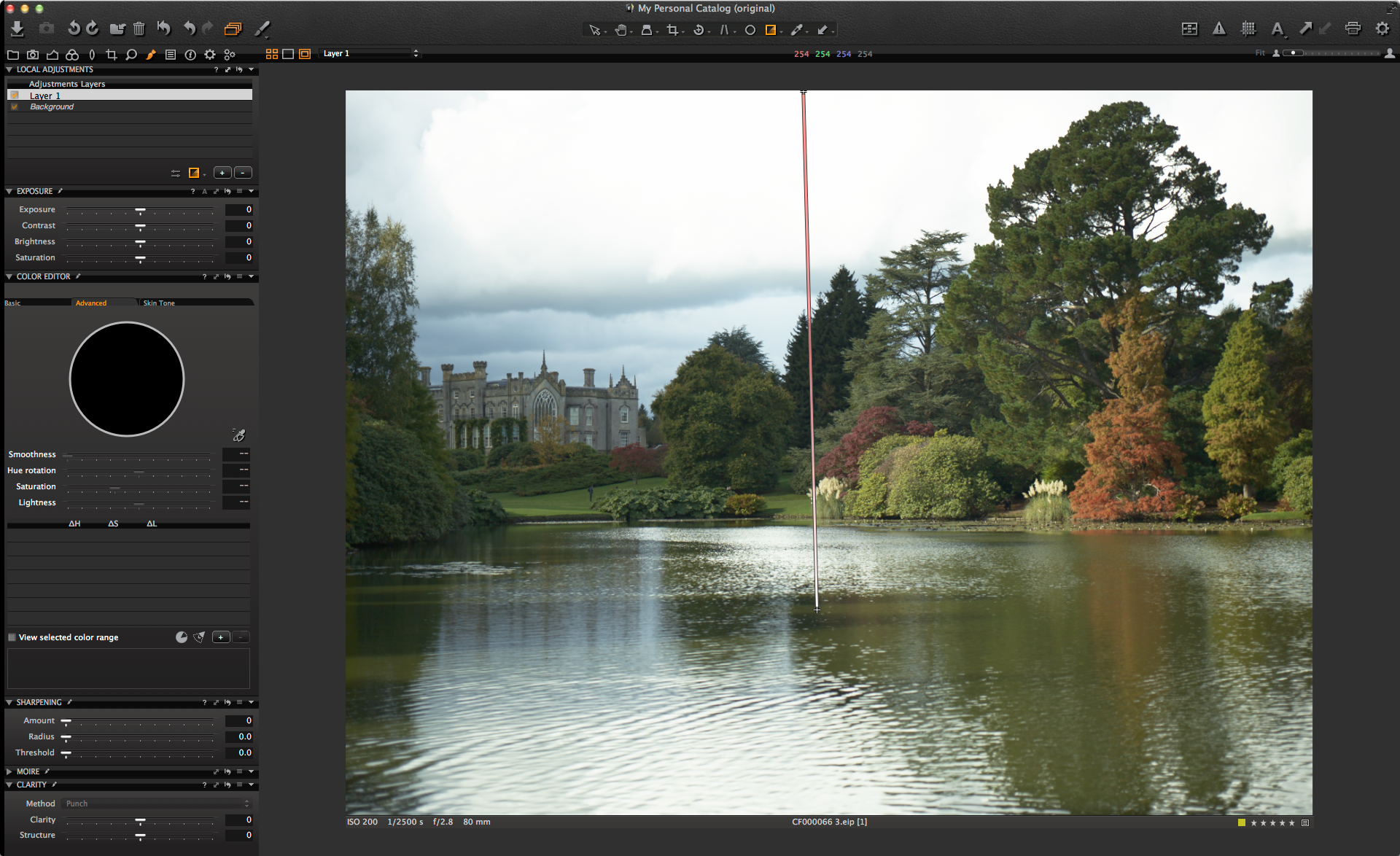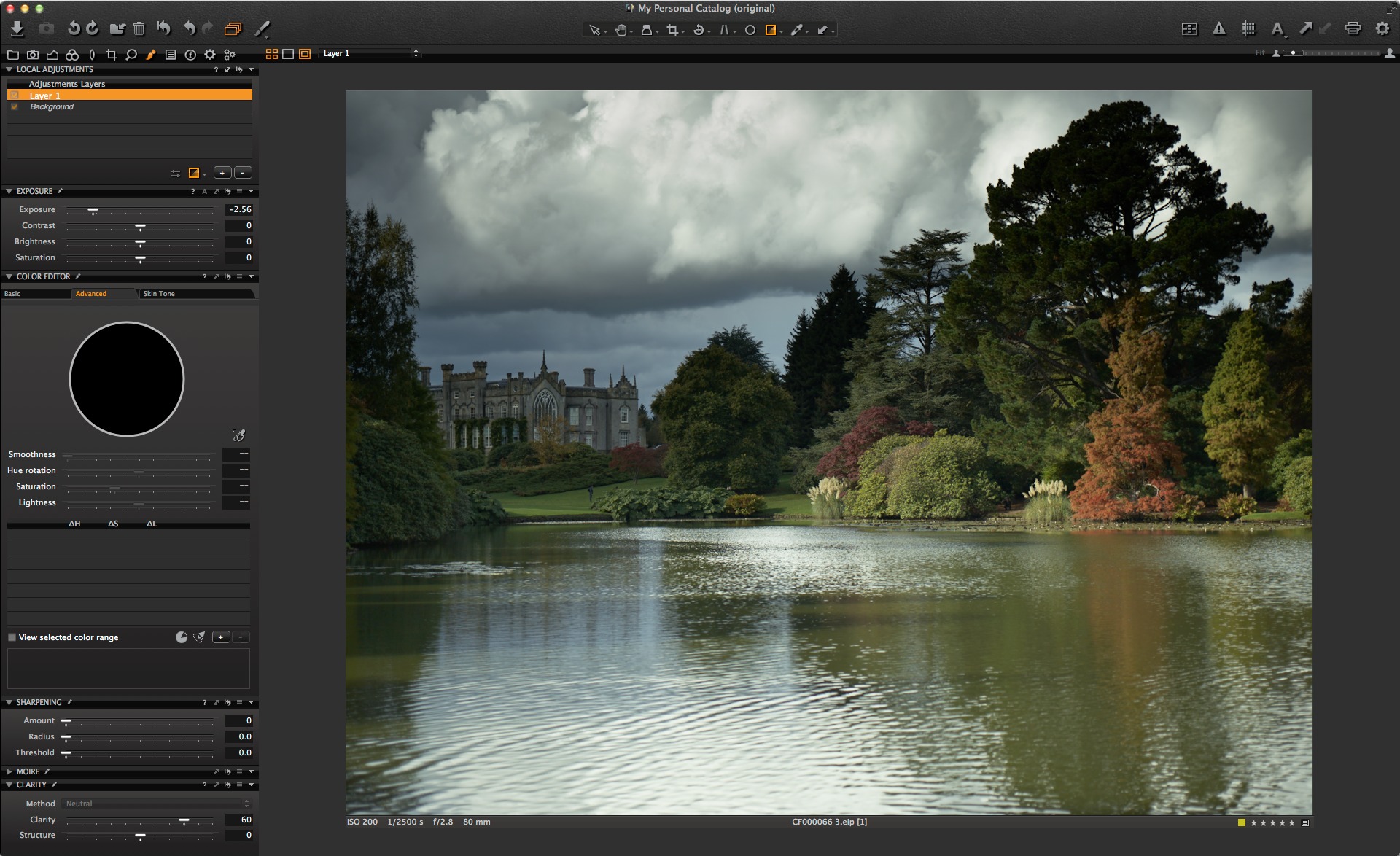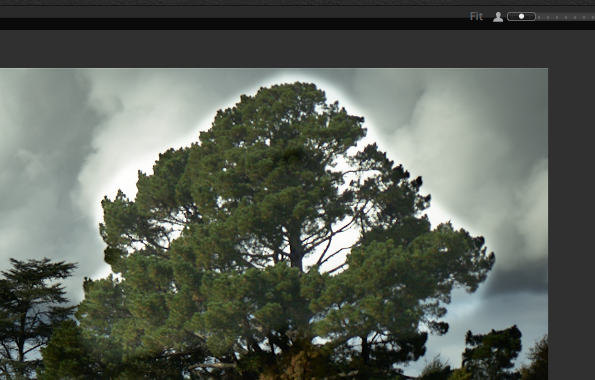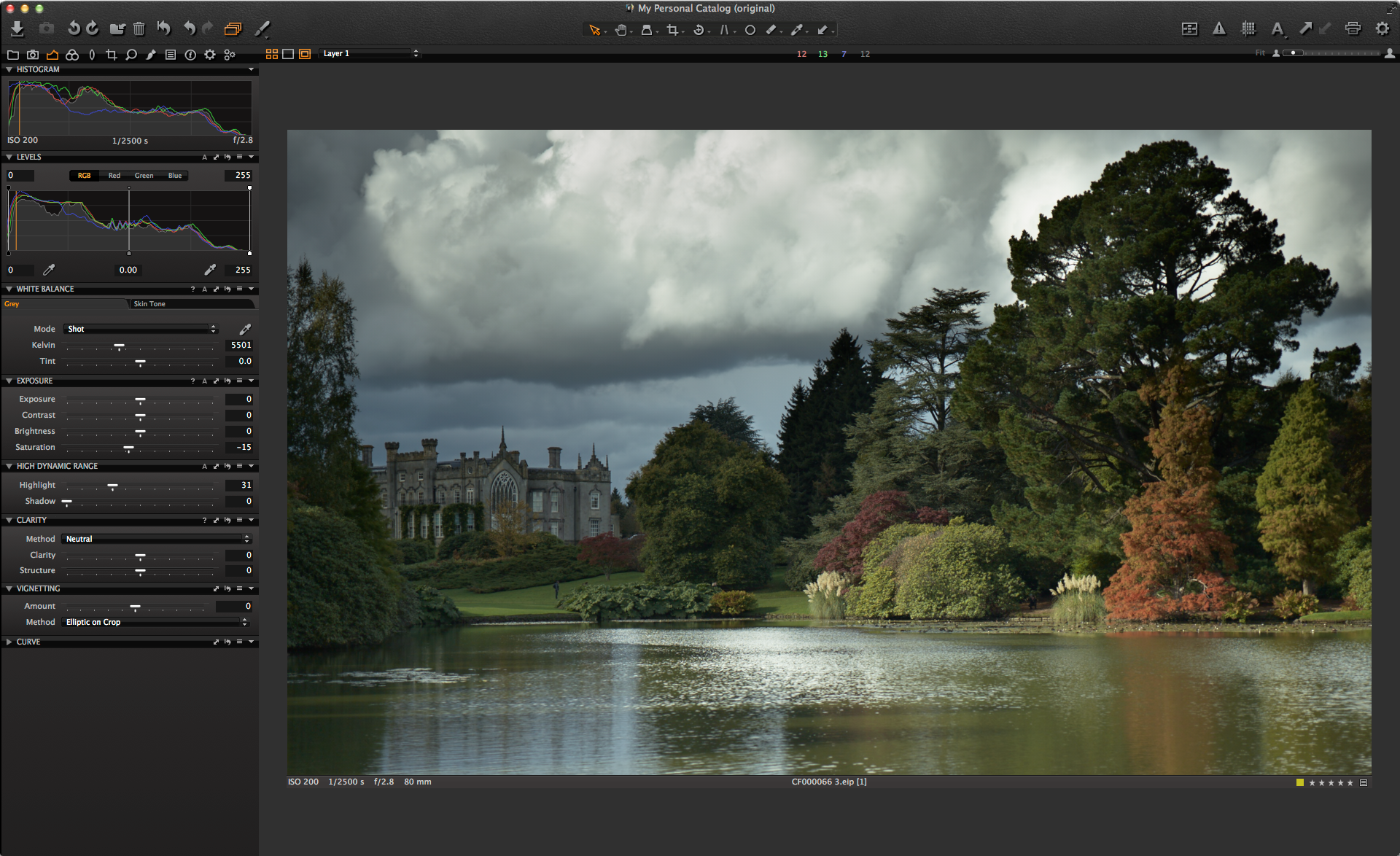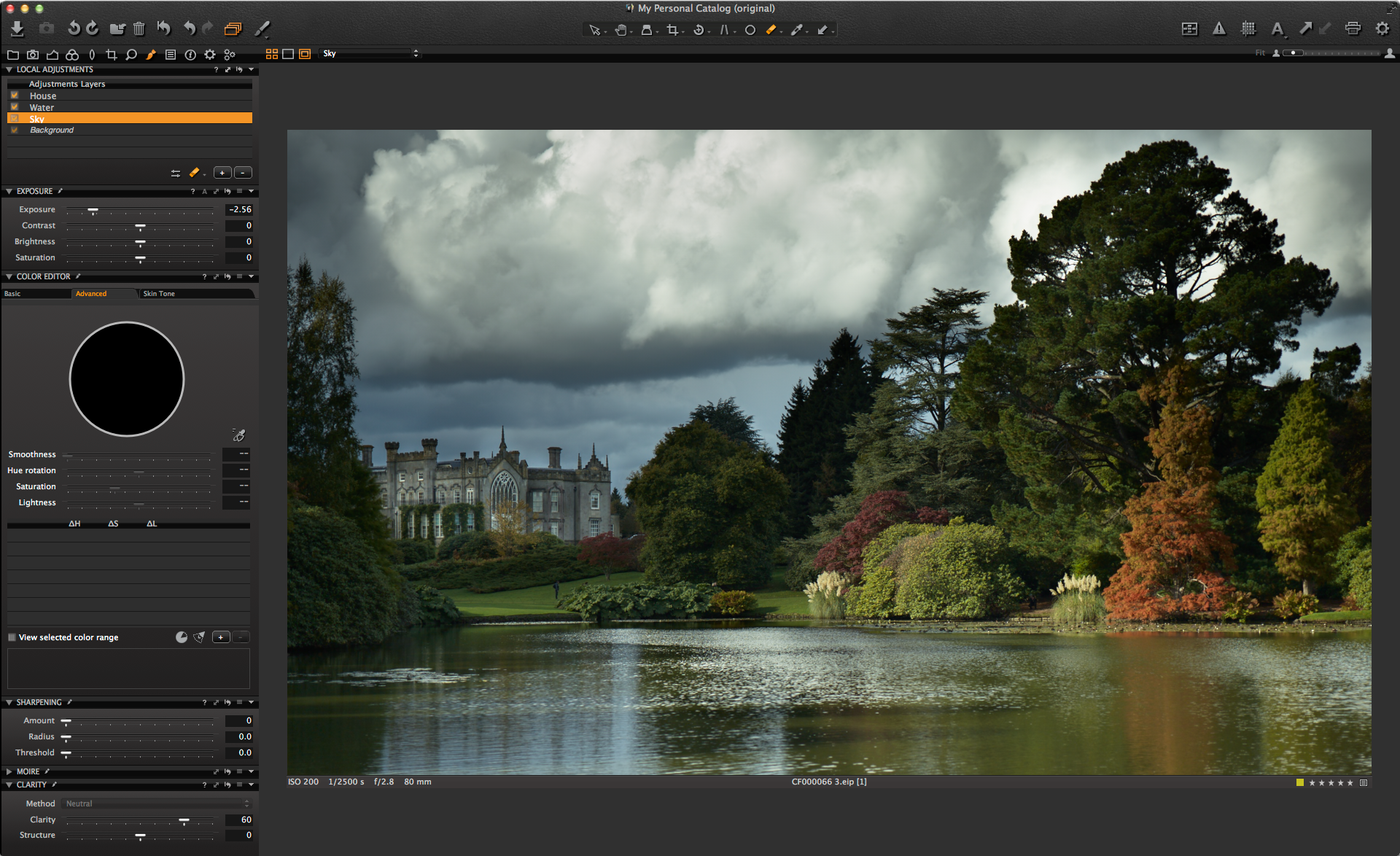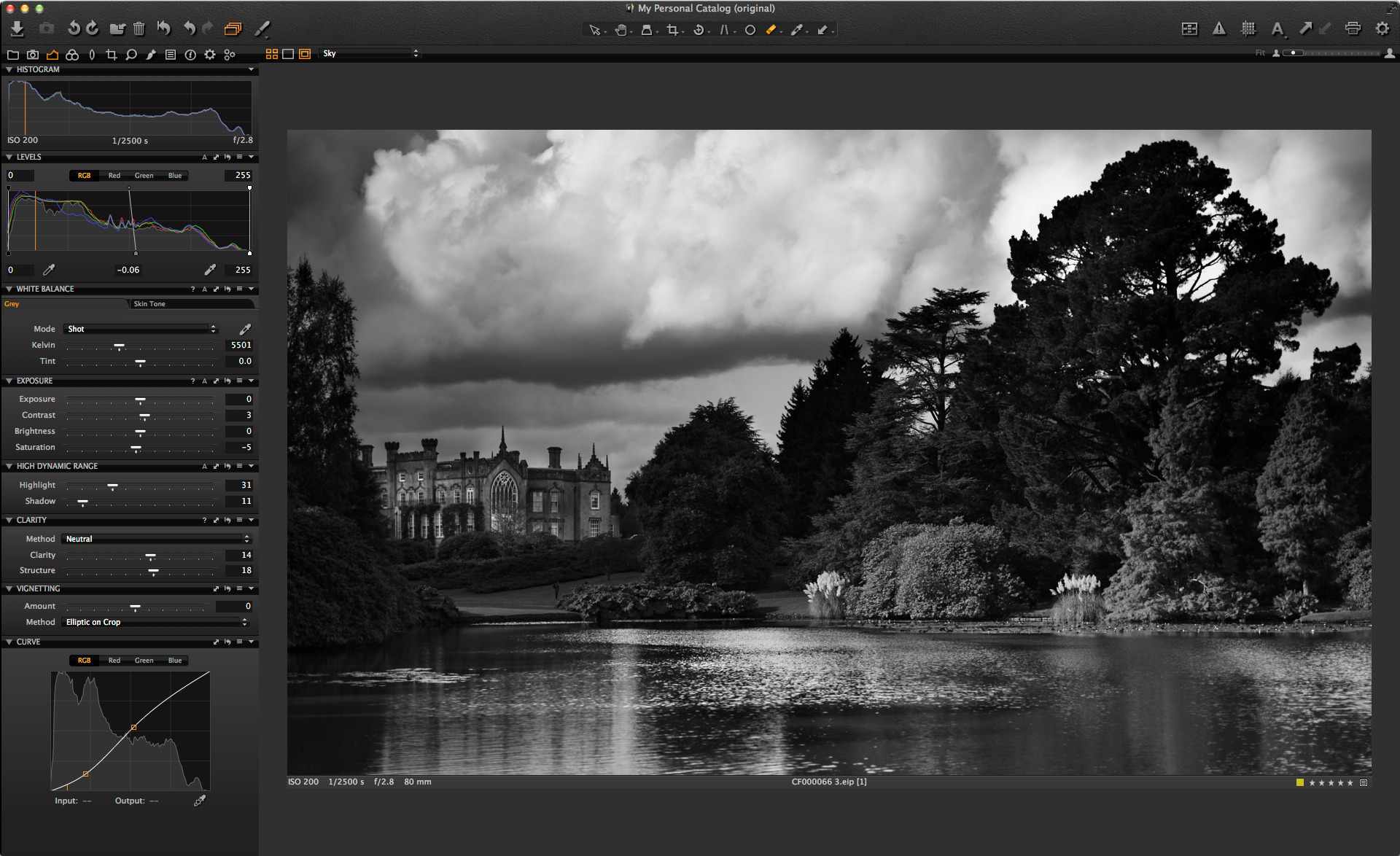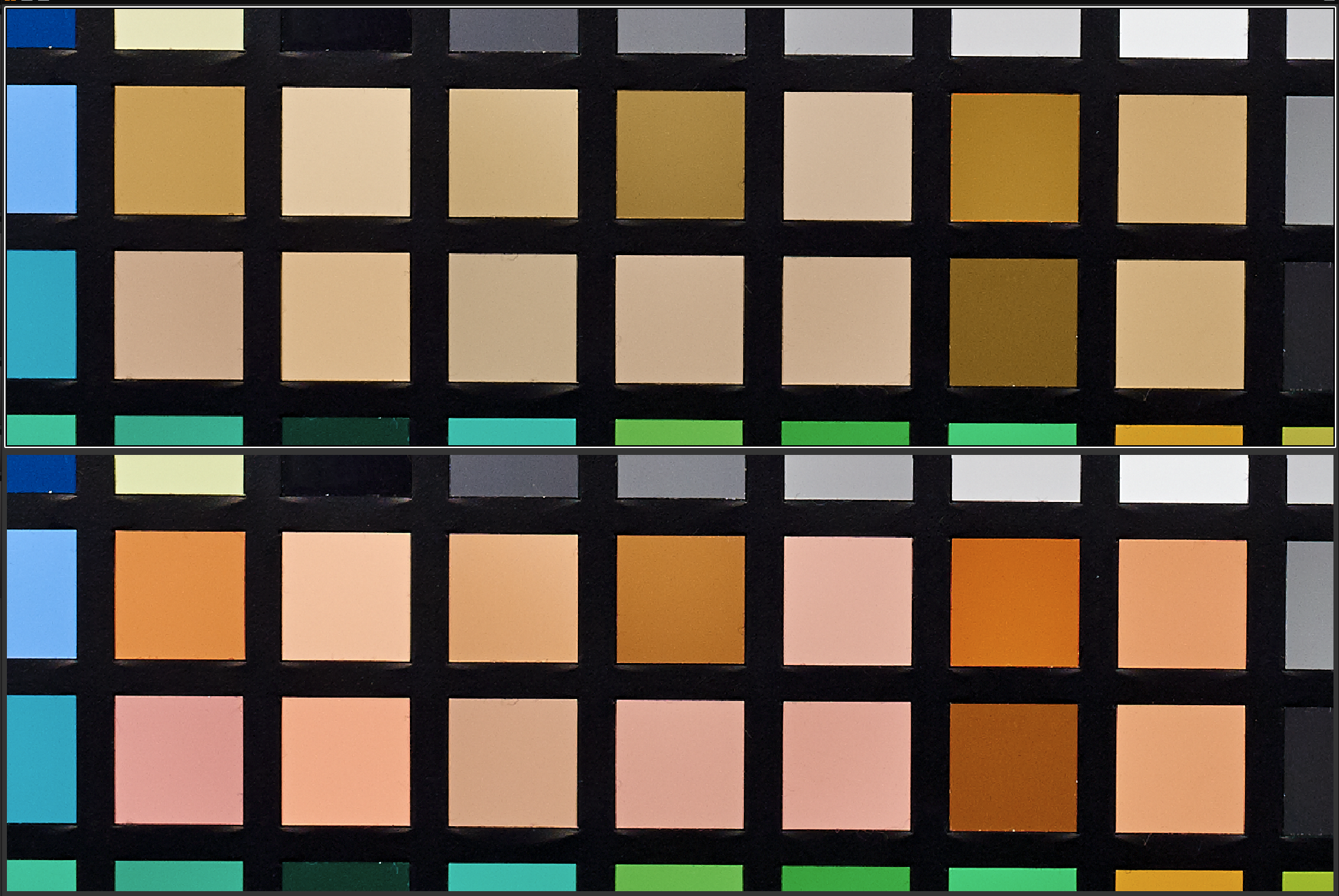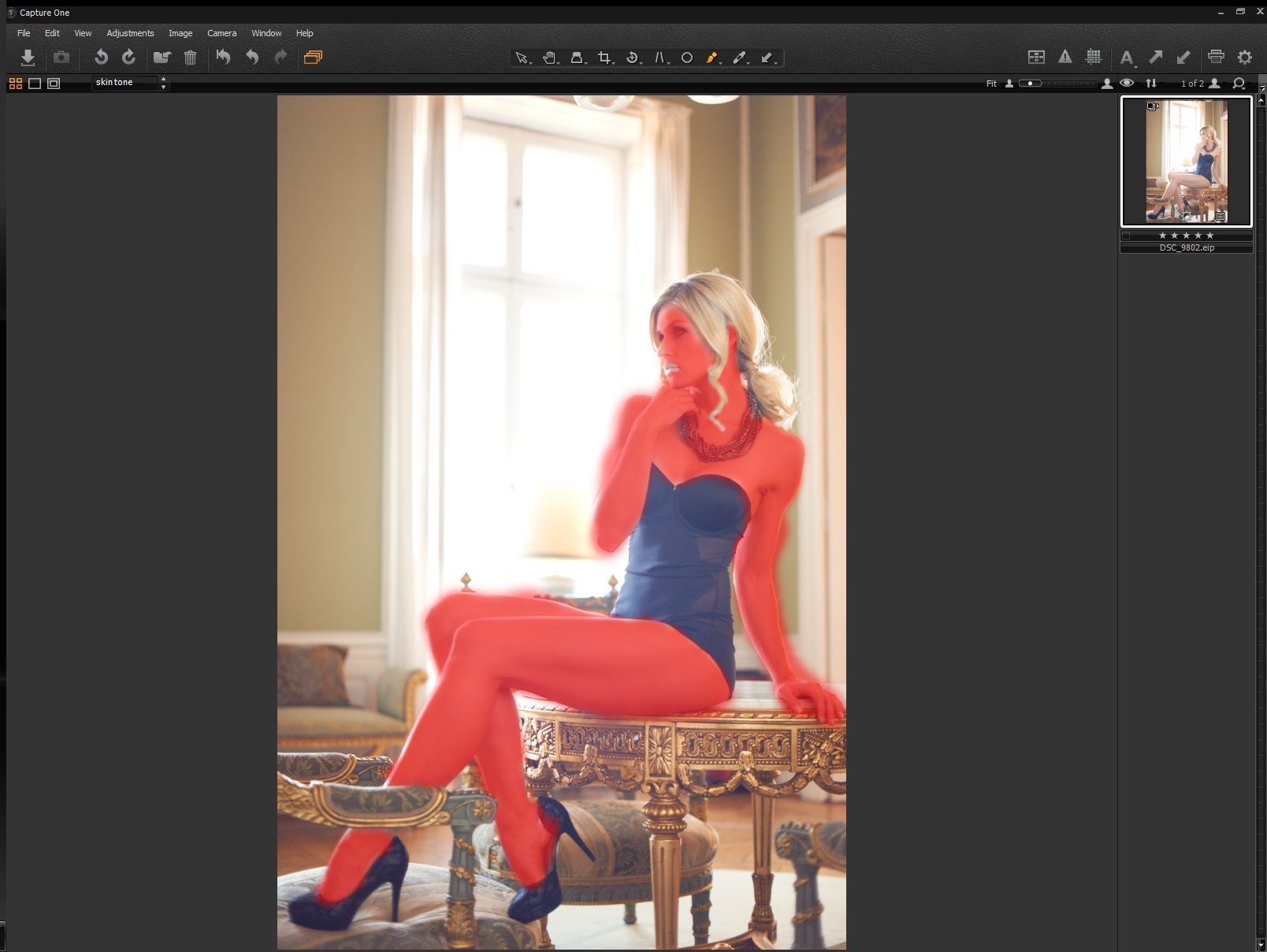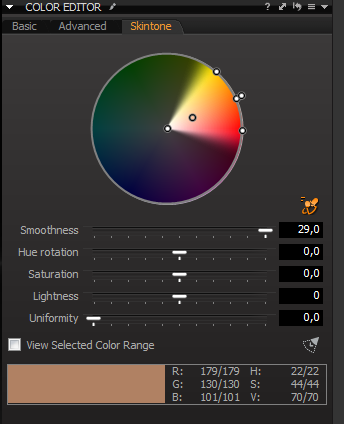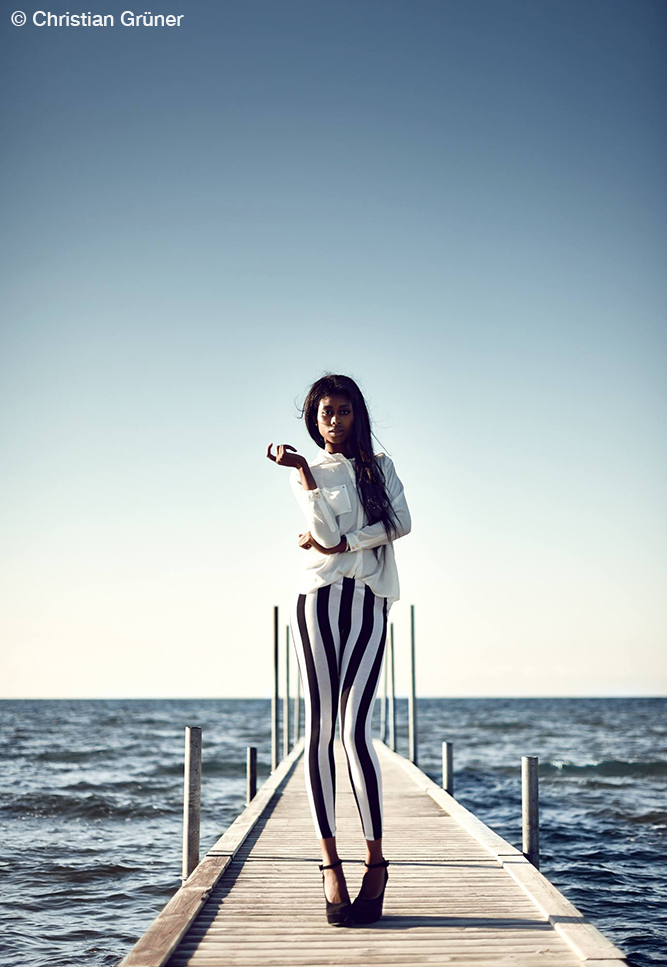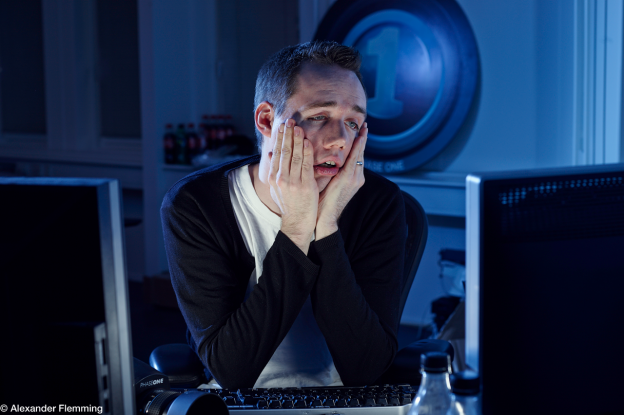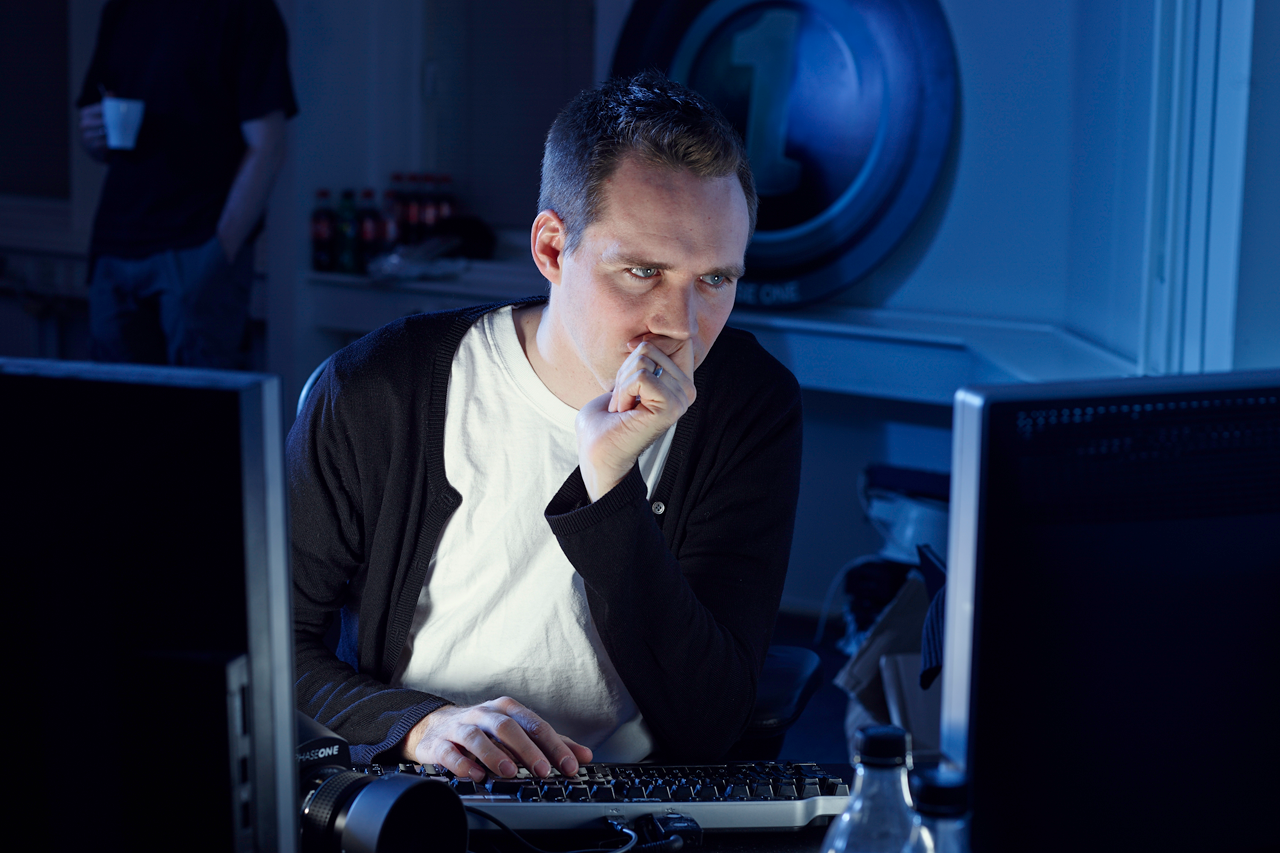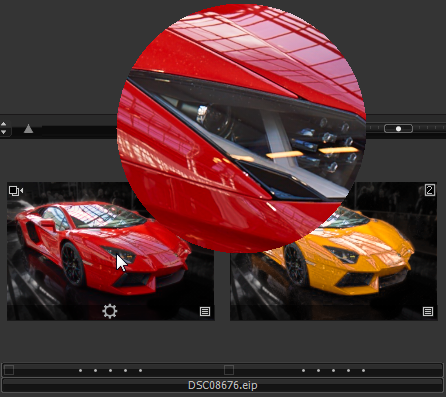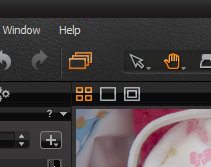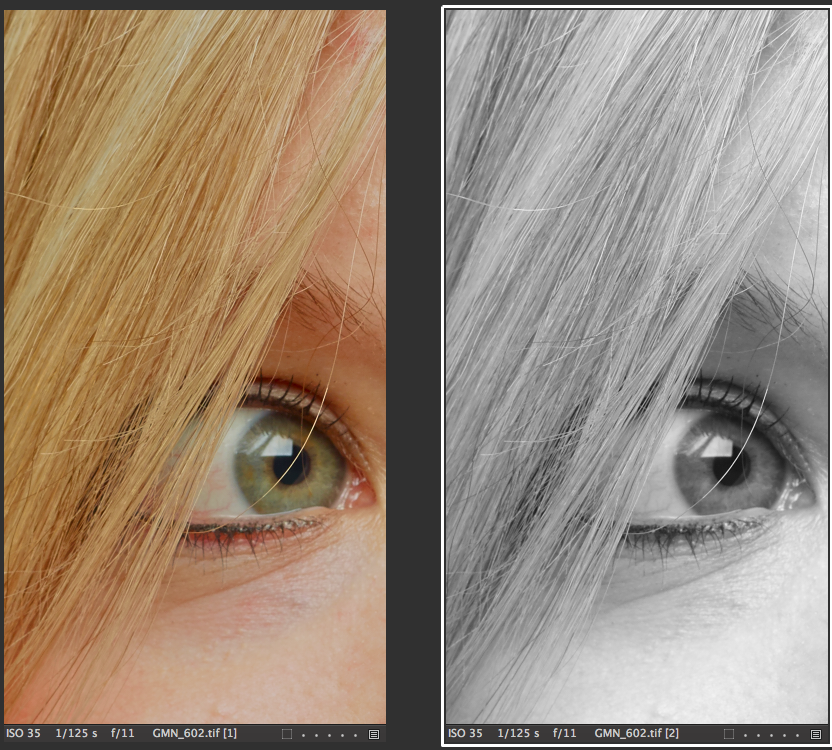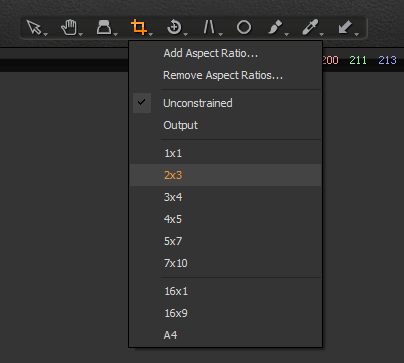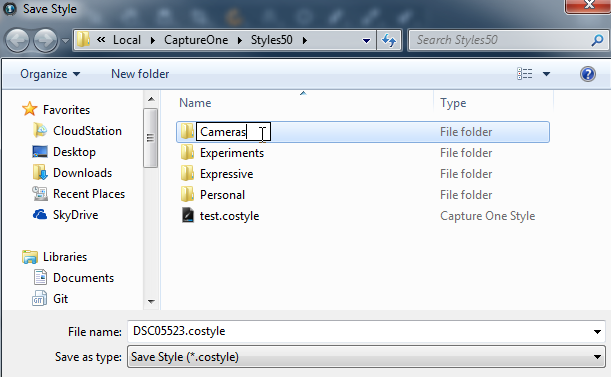In the past I have written a great deal about Local Adjustments on this blog, and for good reason!
I believe Local Adjustments are a powerful way to explore creativity in Capture One Pro 7, but more importantly it can save you time by avoiding this step in Photoshop.
Equally a layered file size in Photoshop can run into many gigabytes, whereas in Capture One Pro 7 we have the beauty of working on the RAW file that will not balloon in size as we add layers.
Add a new dimension to your creativity
In this blog post I will talk about varying the Opacity in your local adjustments, which can add a whole new dimension to your creative application and also make the job of applying a local adjustment much easier!
It is especially useful to use a lower opacity when erasing parts of a mask, which is a really nice way of shaping the result of the adjustments on a mask.
First of all, to vary the opacity of your mask, adjust the slider in the cursor settings dialog box, which can be found in the Local Adjustments Tool, circled in orange. You can also access it whilst right-clicking on the image with any of the mask tools selected.
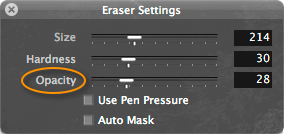 I am going to work on this image, which is definitely going to benefit from a number of local adjustments to even out exposure and get some more detail and drama back in the sky. Here it is with no adjustments.
I am going to work on this image, which is definitely going to benefit from a number of local adjustments to even out exposure and get some more detail and drama back in the sky. Here it is with no adjustments.
To begin with, I will use a Gradient Mask so I can lower the exposure in the sky. The Gradient Mask Tool is selected with this icon in the Local Adjustments Tool.
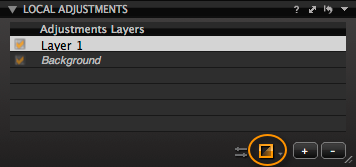 Then click and drag on the image to define the start and end of the mask. Where you start drawing the mask will be at its strongest, where you finish the mask will be at zero.
Then click and drag on the image to define the start and end of the mask. Where you start drawing the mask will be at its strongest, where you finish the mask will be at zero.
So I will end up with a mask looking something like this (Press ‘m’ on the keyboard to show your mask).
The mask is shown in red. Now I can lower the exposure and boost the clarity to get some more drama back in the sky.
Much better! But now the issue I have is that the tops of the trees are too dark on the top right of the image. If I try to erase with a 100% opacity eraser, then it looks very ugly and obvious, like this:
No amount of careful and precise brushing can really improve on this and it becomes frustrating going back and forth trying to repair it! So the solution is to drop the opacity of the Eraser Brush right down and gradually work away at the area to bring it back to the desired exposure.
I have chosen the Eraser by simply hitting ‘e’ on the keyboard and then right-clicking on the image and lowering the opacity to 15%.
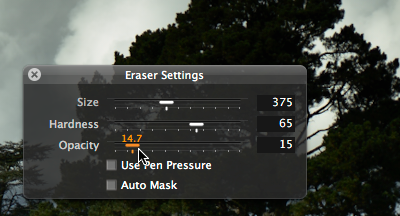 Now I can use the brush in multiple strokes to gradually erase the mask in steps. I feel this is much more of a gentle process like dodging and burning in the darkroom was… but with a bit more predictability!
Now I can use the brush in multiple strokes to gradually erase the mask in steps. I feel this is much more of a gentle process like dodging and burning in the darkroom was… but with a bit more predictability!
I can also open up any other areas of the clouds if I feel like it. If I go to far, I simply choose the Draw Mask at an equally low opacity and add a little more back in. With a few minutes work I am happy with the result, and it is much more natural. I also lightened the trees on the left too. 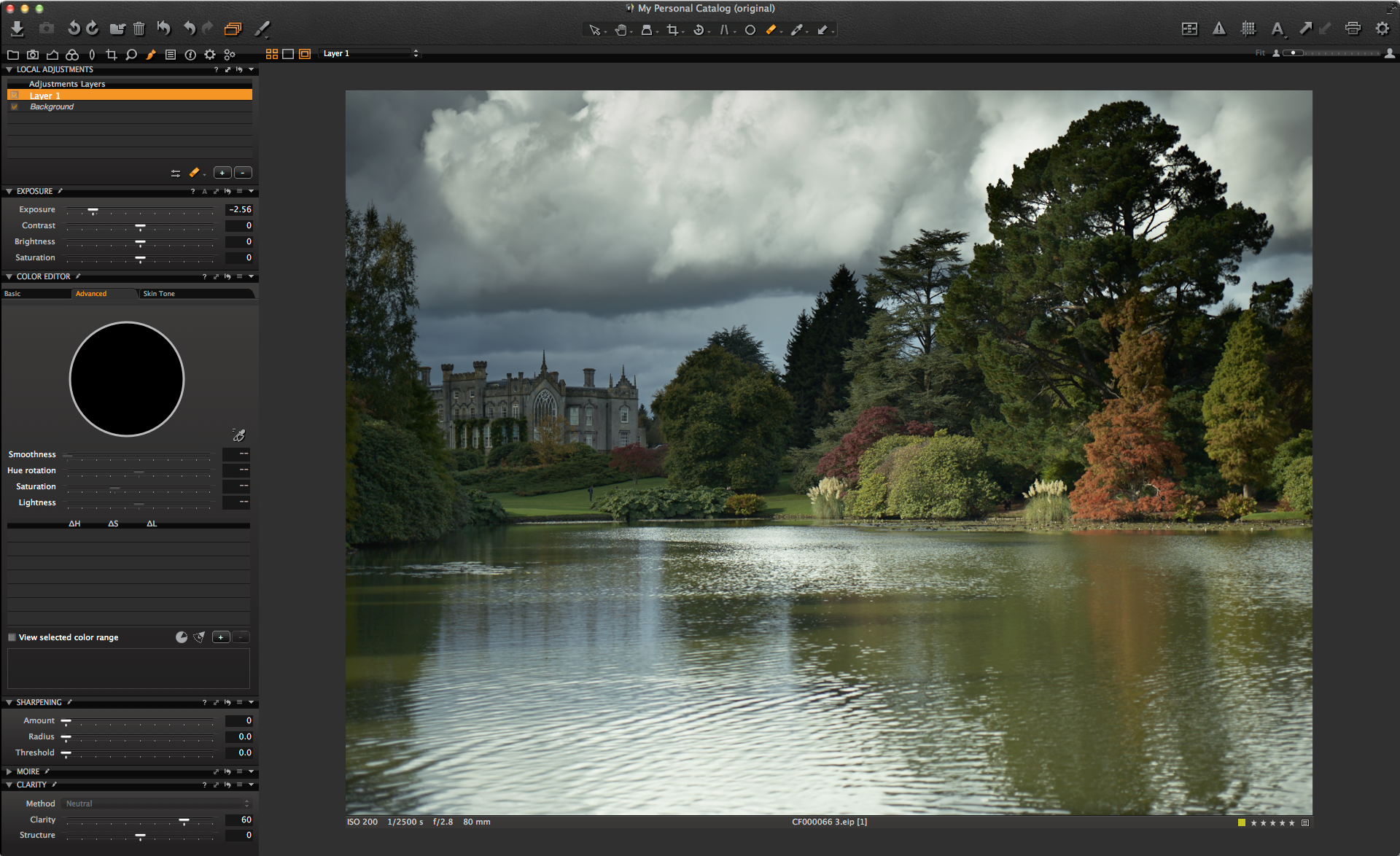
Now, I think I should fix the crop to something I like and think about next steps, for example reducing the exposure on the water highlights a little. Here is the final crop:
Now, what about if you would like to mask a whole area to begin with at a lower opacity? Let’s take the area of the water in the foreground, which is a little too bright and distracting. I will take quite a small brush, again at a lower opacity and simply outline the area, and then use the ‘Fill Mask’ option in the drop down menu in the Local Adjustments Tool.
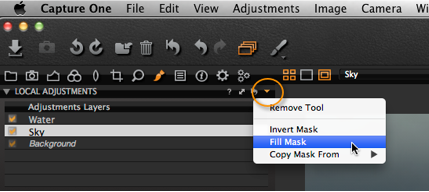 I will then get the area masked all over at the lower opacity. If you try and fill it in by simply brushing with the mouse or tablet pen, you will not get a perfectly even mask to start with. By lowering the exposure and adjusting the mask as necessary I can get the effect I want and maintain the natural look as before.
I will then get the area masked all over at the lower opacity. If you try and fill it in by simply brushing with the mouse or tablet pen, you will not get a perfectly even mask to start with. By lowering the exposure and adjusting the mask as necessary I can get the effect I want and maintain the natural look as before. 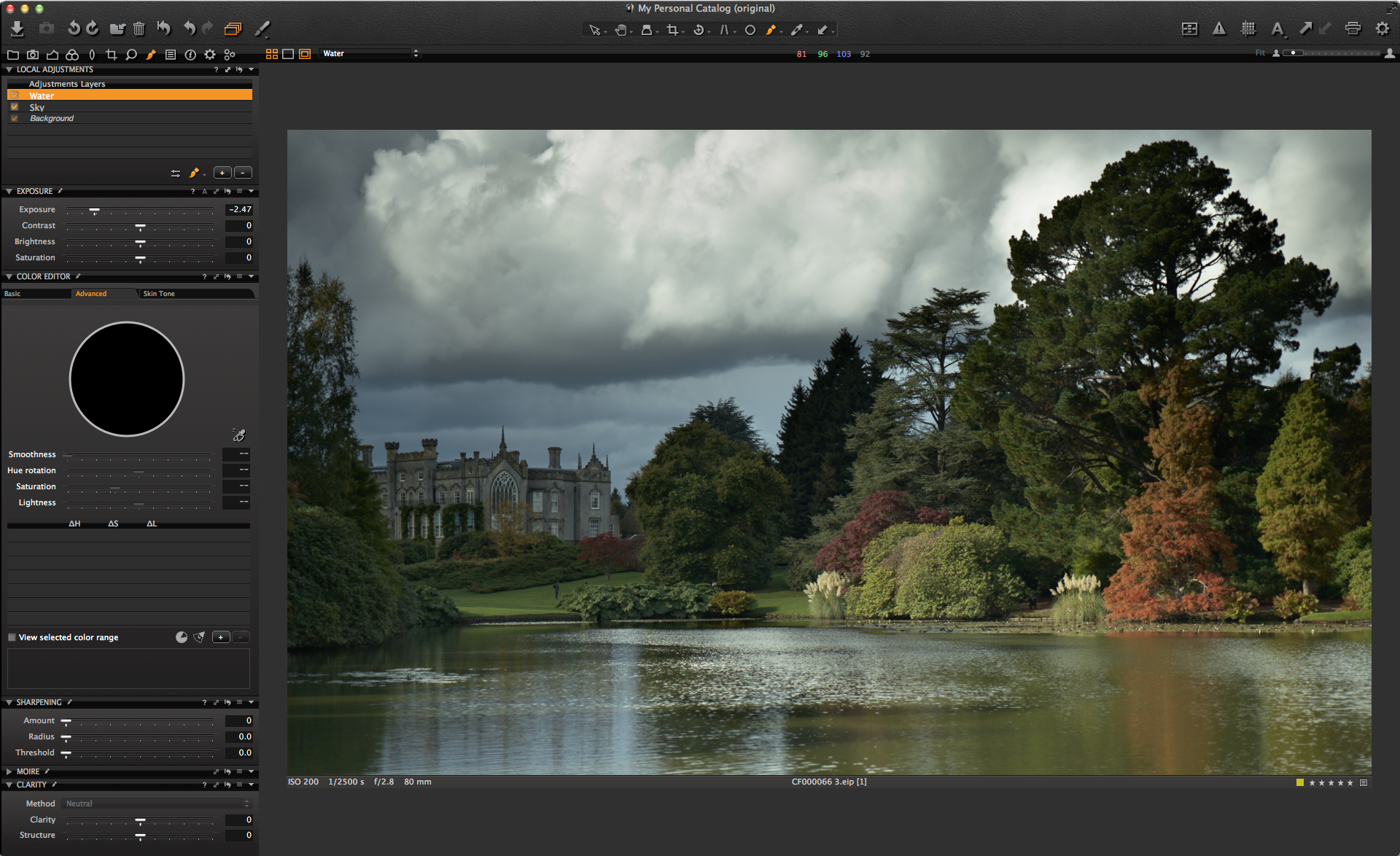
Finally, I will boost the exposure on the house a little by adding a further layer. I will draw a very rough mask again at a lower opacity and adjust as needed by using the erase and draw mask brushes back and forth. 
Also, by using this method, especially in conjunction with an exposure adjustment means you are adding an additional way to vary this adjustment. So, the more you brush over the same area again and again (in this case) will increase exposure and gradually decrease exposure if using the erase brush. With the house, I have intentionally brightened the left side of the building a little more compared to the right, just by brushing over a few more times.
Secondly, this method of using a mask gives you ‘more bites of the cherry’ to get the look you need.
To finalize the image, I will add a bit more Neutral clarity to the Background layer and increase contrast slightly.
I think this may work nicely as a Black and White so I will use one of my presets as another example on a cloned variant.
In summary, by lowering the opacity we can have much more control over our local adjustments and deliver a more natural result. By working on the RAW file we maintain as much quality as possible and avoid the need to work on a large Photoshop file.
But the most important point is that it is a lot of fun!
Here is the original image with the final result:
Best regards,
David Grover

